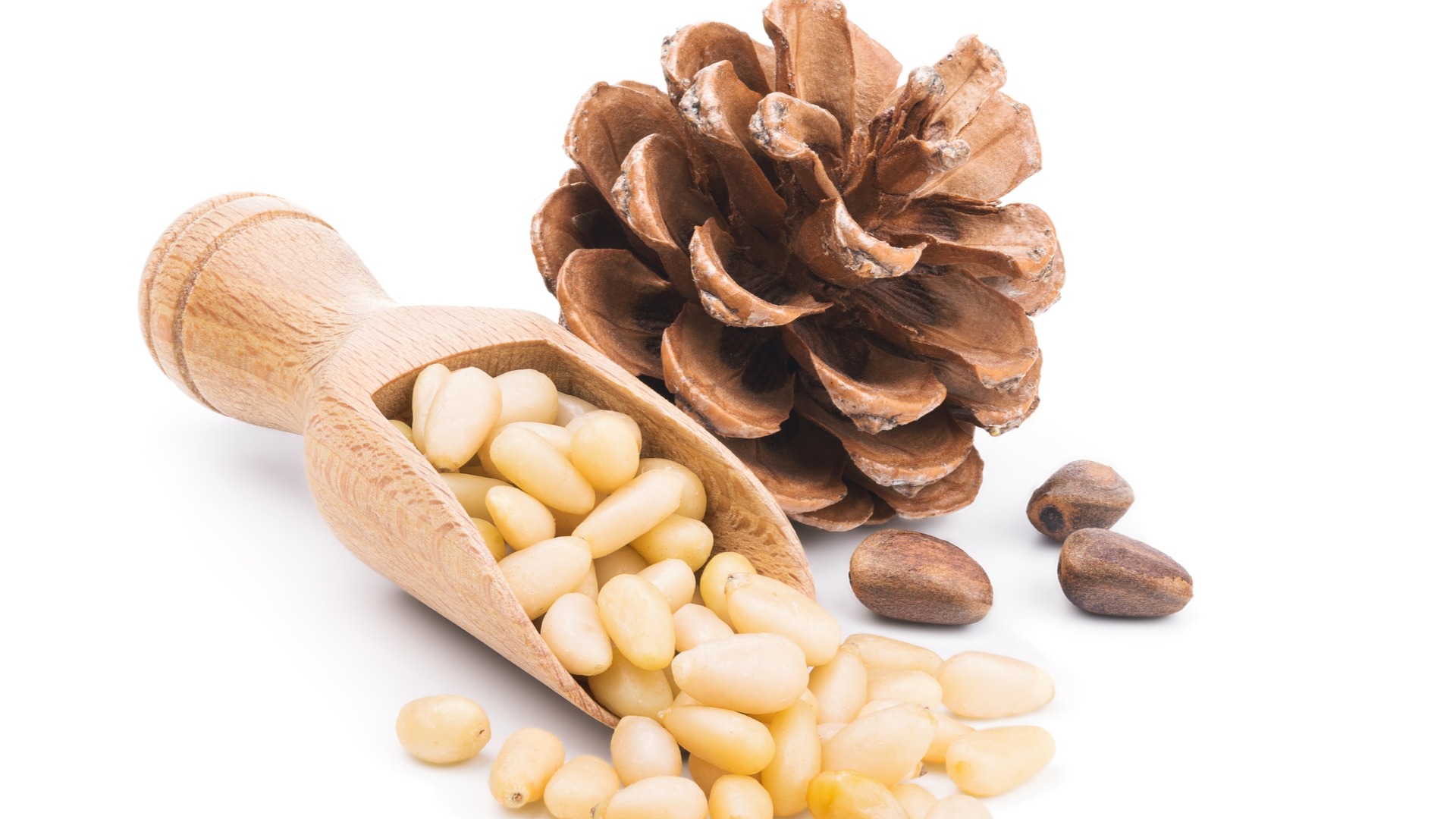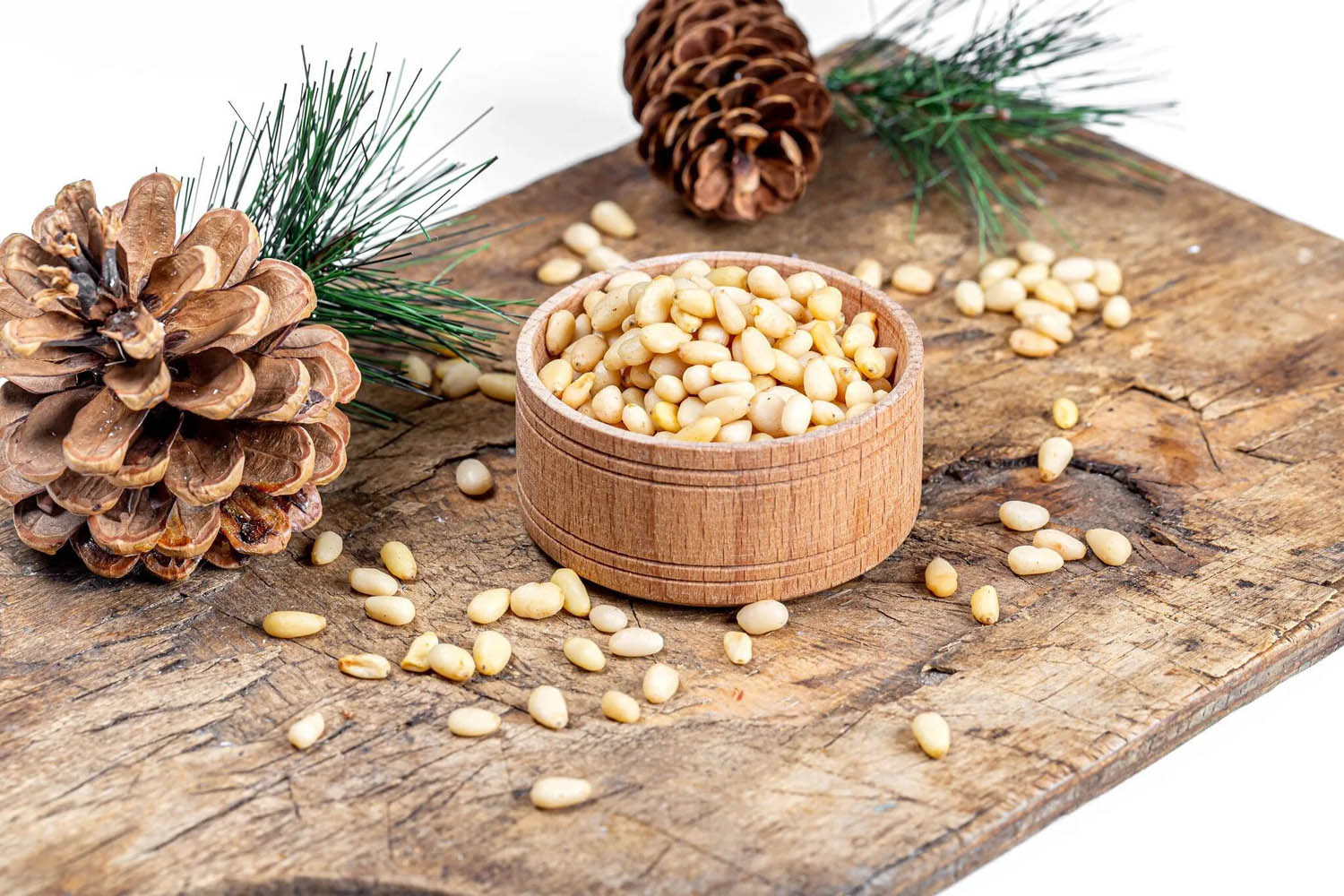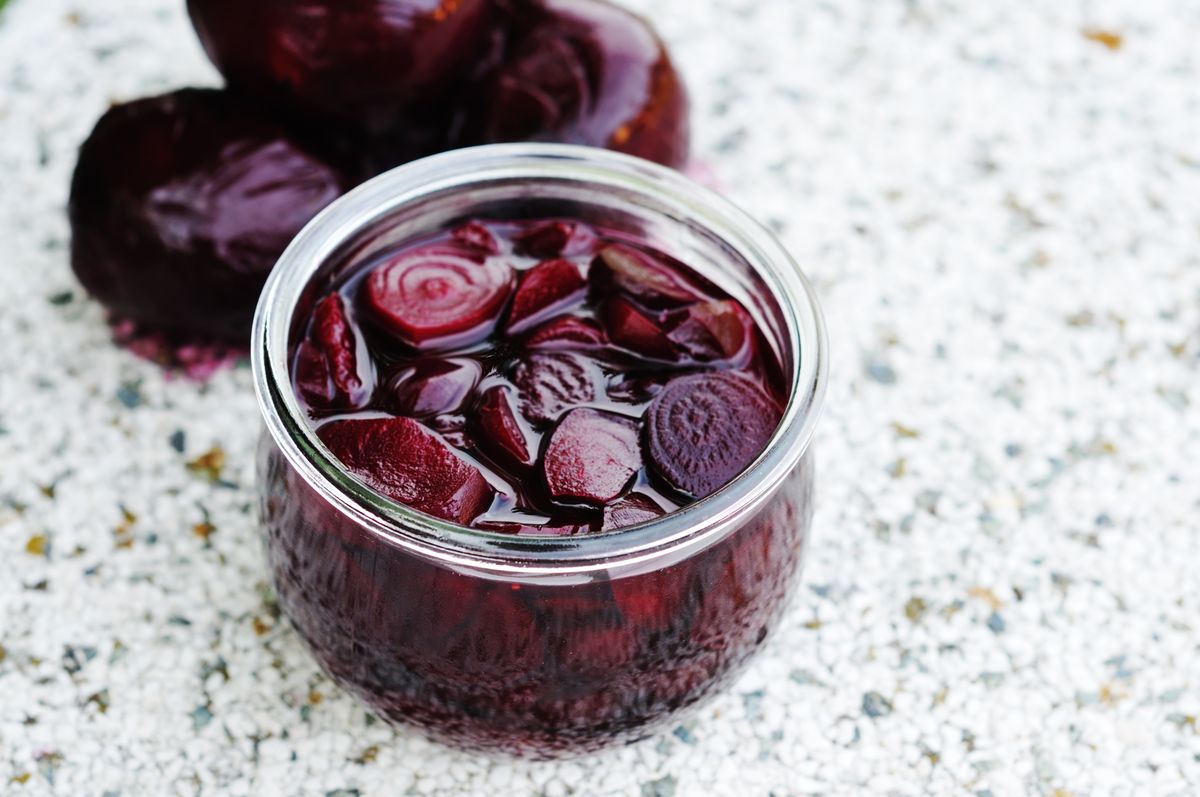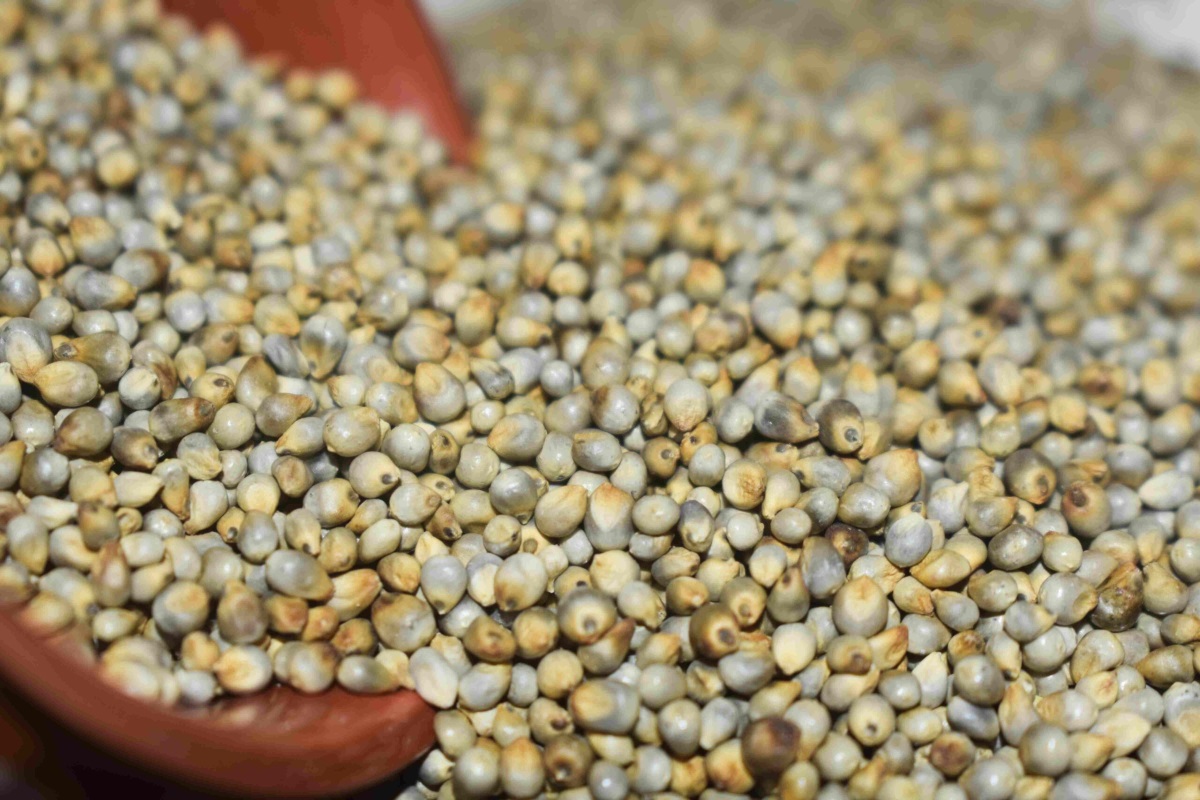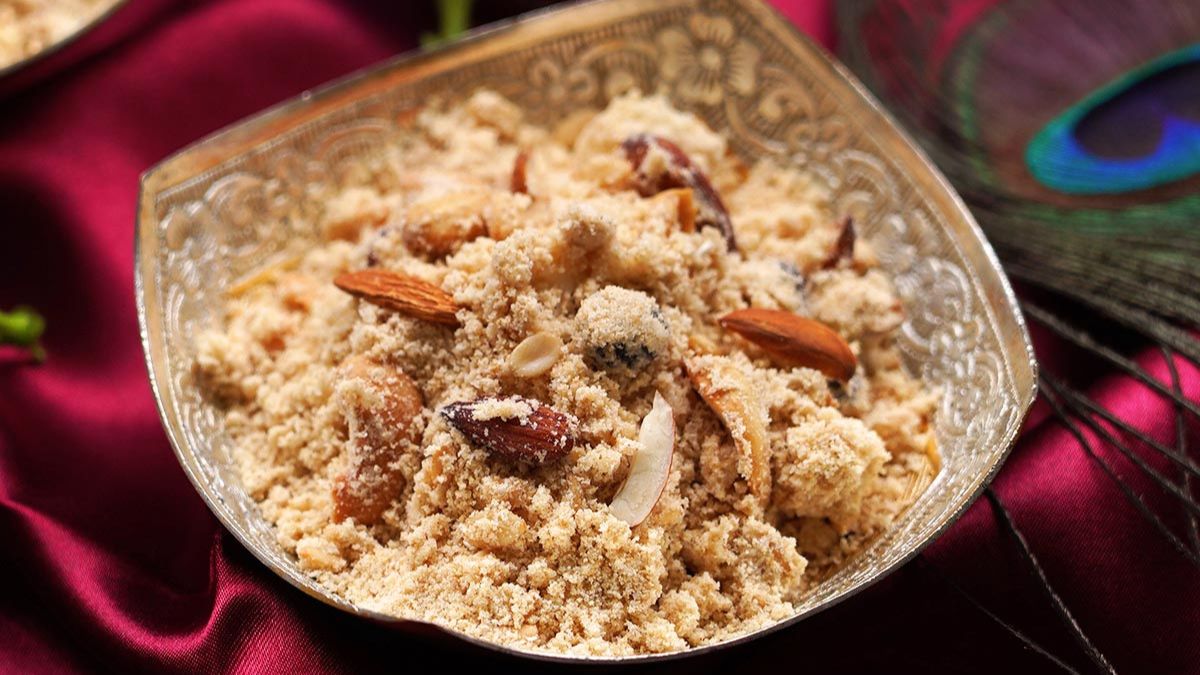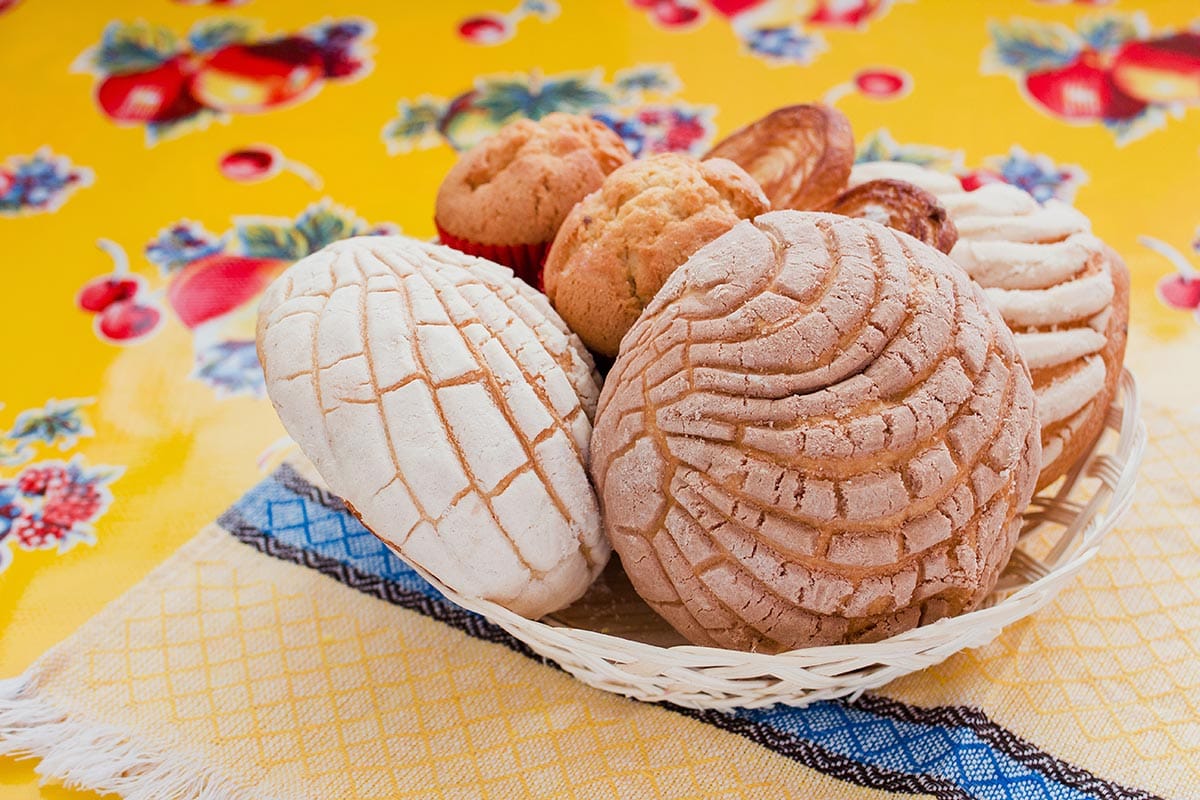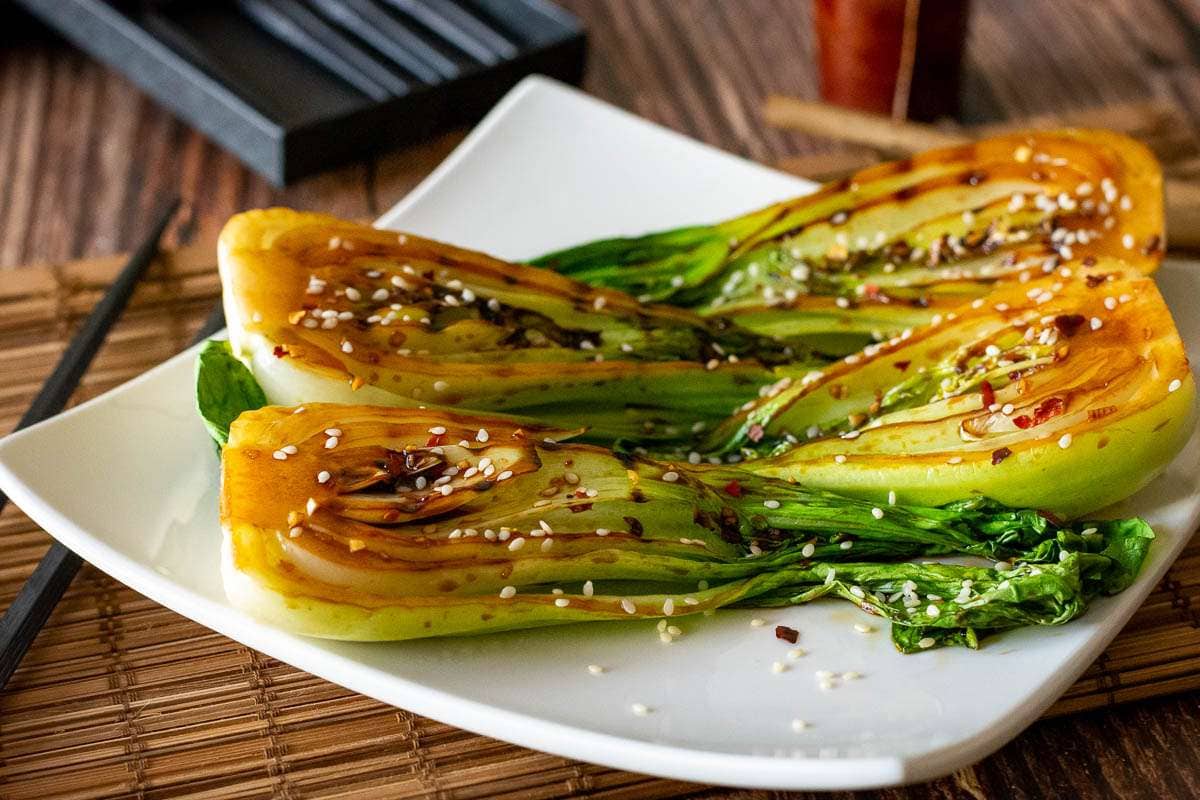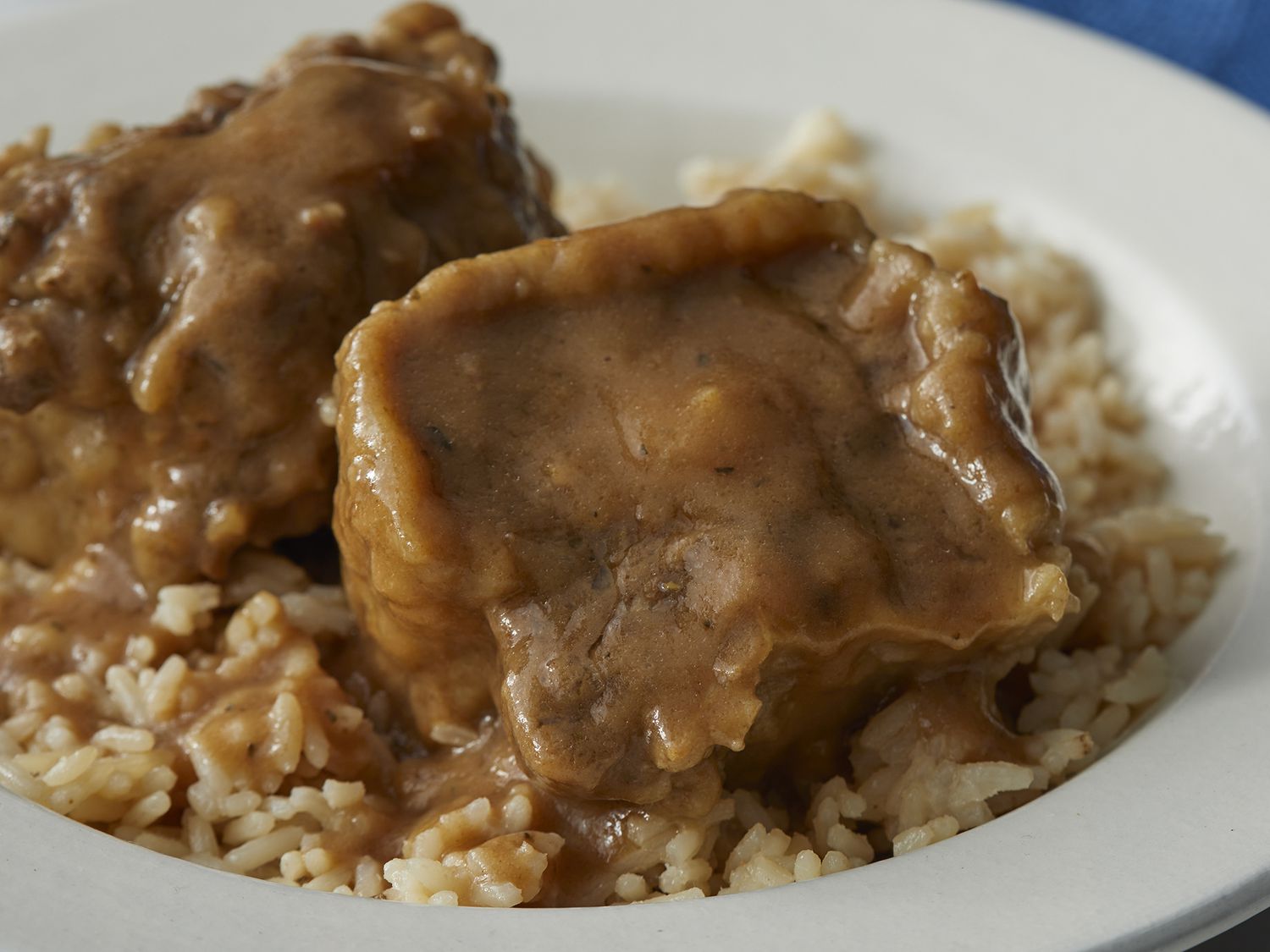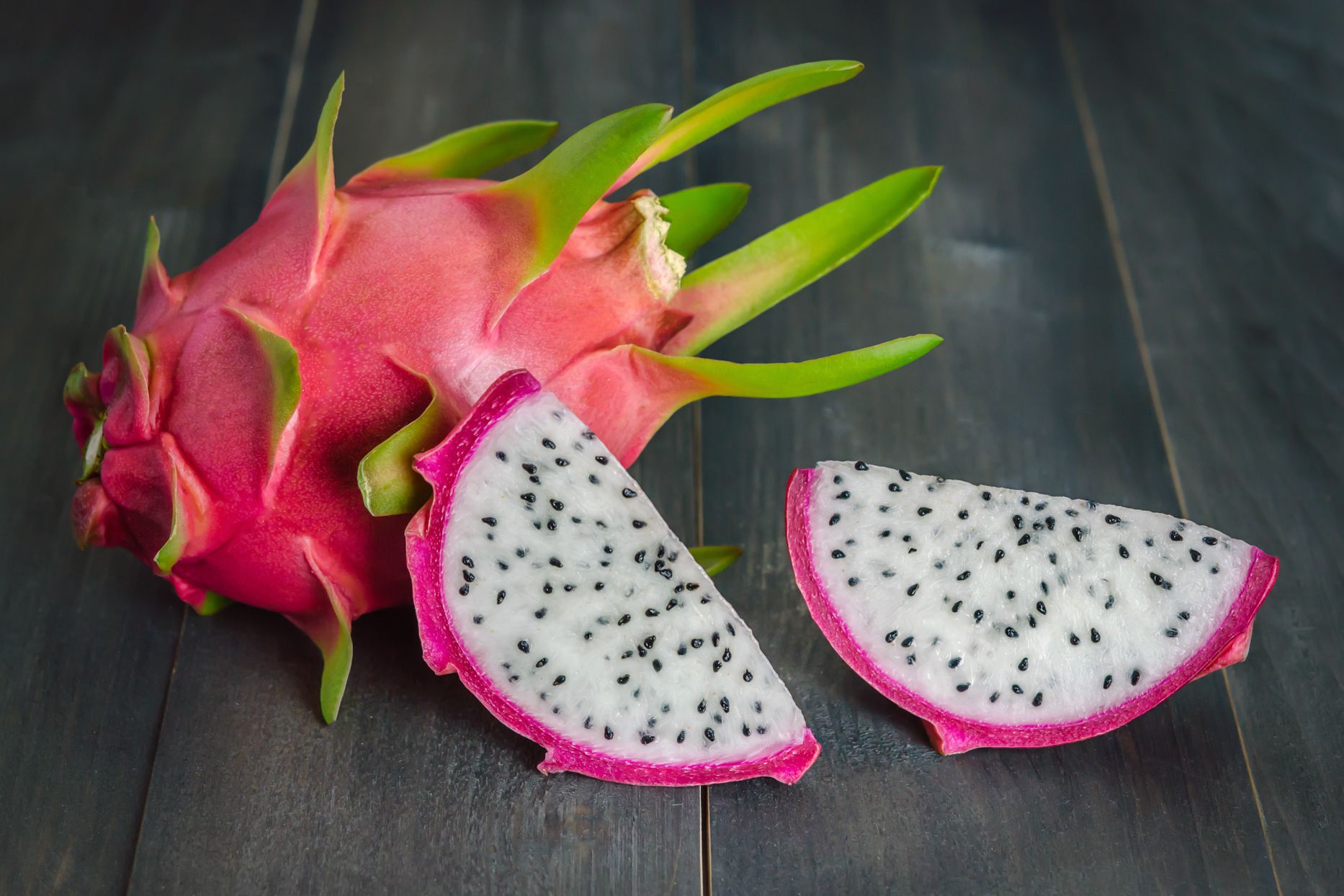Discovering the Delicacy of Pine Cambium
When it comes to foraging for food in the wilderness, pine cambium might not be the first thing that comes to mind. However, this often-overlooked part of the pine tree can actually be a valuable source of nutrition in a survival situation. In this article, we’ll explore the ins and outs of pine cambium, including how to identify it, harvest it, and prepare it for consumption.
Identifying Pine Cambium
Pine cambium is the soft, inner bark layer of the pine tree. It can be found just beneath the rough, outer bark and is typically a pale, creamy color. When foraging for pine cambium, look for young pine trees with smooth bark, as they are more likely to have tender, edible cambium. Avoid trees with damaged or diseased bark, as the cambium may not be safe to eat.
Harvesting Pine Cambium
Once you’ve identified a suitable pine tree, carefully use a knife to make a small incision in the bark. Peel back the outer bark to reveal the soft, inner cambium layer. Take care to harvest only a small portion of the cambium from each tree, as excessive harvesting can harm the tree and impact its health. Remember to forage responsibly and sustainably.
Preparing Pine Cambium
Before consuming pine cambium, it’s important to prepare it properly. Start by removing any outer bark and woody bits, leaving behind the soft, edible cambium. The cambium can be eaten raw or cooked, and it has a slightly sweet flavor that can be quite pleasant. If you’re in a survival situation, consuming pine cambium can provide valuable nutrients and energy.
Recipes and Serving Suggestions
If you’re feeling adventurous, you can incorporate pine cambium into your wilderness meals in a variety of ways. Here are a few ideas to get you started:
- Pine Cambium Salad: Mix raw pine cambium with foraged greens and a simple vinaigrette for a refreshing and nutritious salad.
- Pine Cambium Stir-Fry: Cooked pine cambium can be added to a stir-fry with other wild edibles for a hearty and satisfying meal.
- Pine Cambium Tea: Steep thin slices of pine cambium in hot water to create a soothing and aromatic tea.
Final Thoughts
While the idea of eating pine cambium may seem unconventional, it’s important to remember that in a survival situation, knowing how to identify and utilize wild edibles can be a valuable skill. Pine cambium is just one example of the many potential food sources that can be found in nature. As with any foraged food, it’s crucial to be absolutely certain of your identification before consuming it. With the right knowledge and preparation, pine cambium can be a surprisingly tasty and nutritious addition to your wilderness dining experience.
So, the next time you find yourself in the great outdoors, take a moment to appreciate the humble pine tree and the hidden delicacy that lies beneath its bark.
